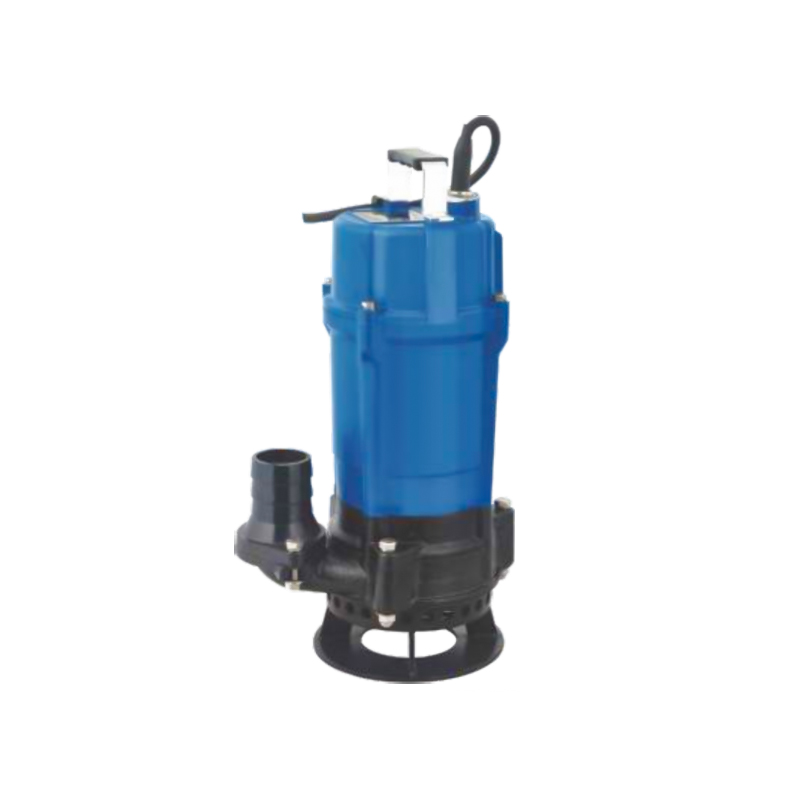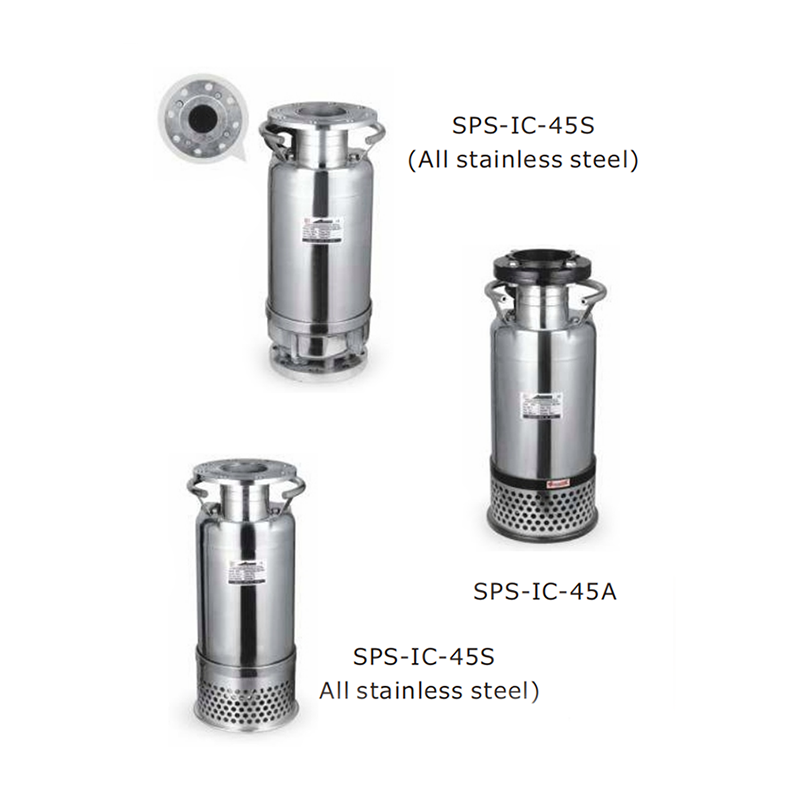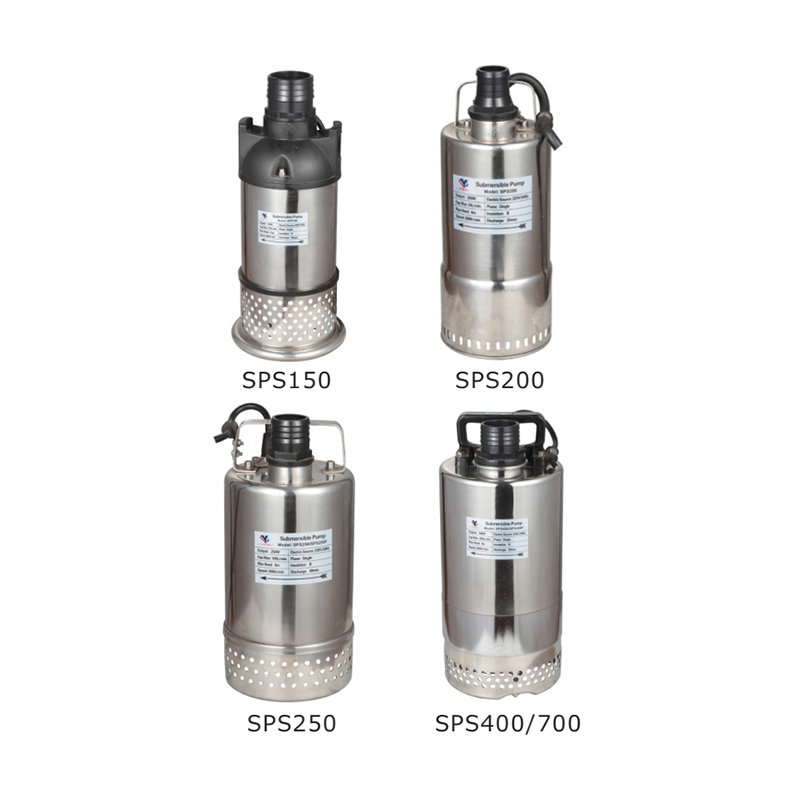In the industrial sector, the handling and transportation of slurry—a mixture of solids and liquids—pose unique challenges. One tool that has proven effective in addressing these challenges is the Submersible Slurry Pump. Designed to operate underwater, these pumps are specifically engineered to handle abrasive and corrosive slurries, making them a valuable asset in various industrial applications. However, like any piece of equipment, Submersible Slurry Pumps come with their own set of advantages and disadvantages. Understanding these can help in making informed decisions about their use.
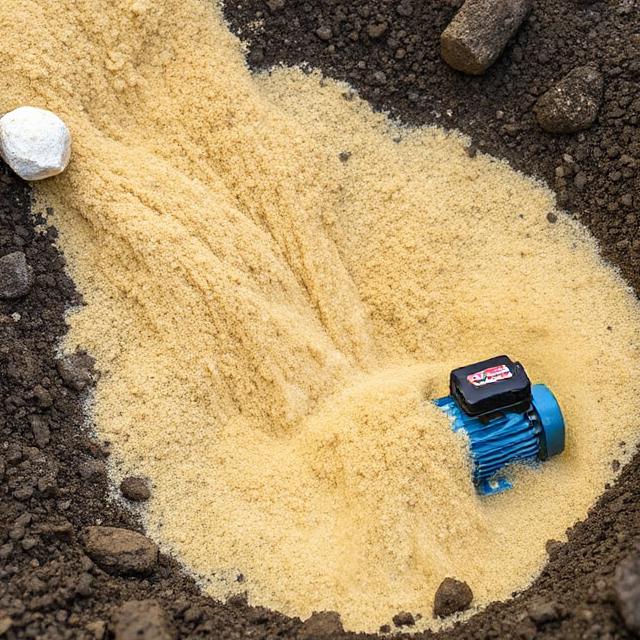 |
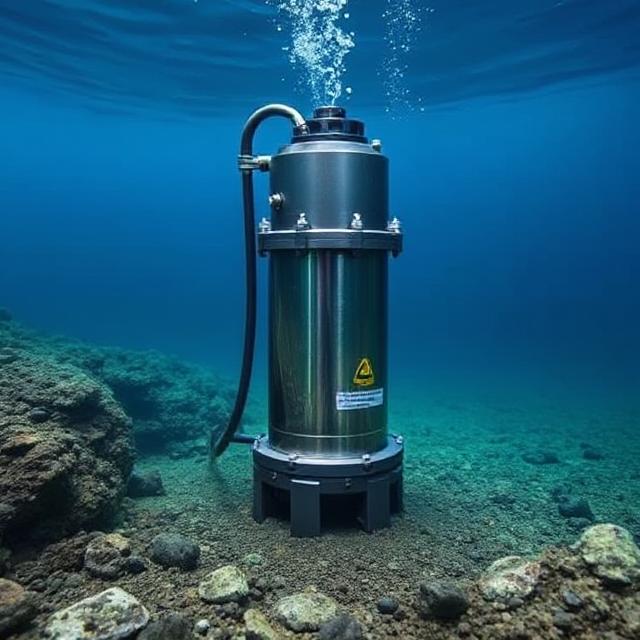 |
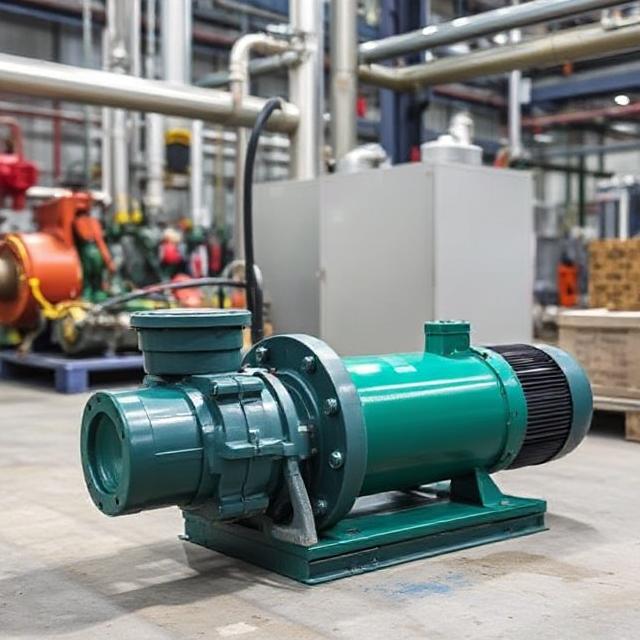 |
Advantages
Efficient Handling of Abrasive Materials: One of the primary benefits of Submersible Slurry Pumps is their ability to handle abrasive and corrosive materials effectively. These pumps are designed with durable materials and components that can withstand the harsh conditions often encountered in slurry applications. This durability ensures long-term performance and reduces the need for frequent maintenance.
Direct Submersion: Submersible Slurry Pumps are designed to operate underwater, which eliminates the need for complex priming systems. This direct submersion allows for efficient and continuous pumping, even in environments with high levels of suspended solids. The underwater operation also helps to reduce wear and tear on the pump components, extending their lifespan.
Compact Design: These pumps are typically compact and can be installed in tight spaces, making them ideal for applications where space is limited. Their compact size also allows for easy transportation and installation, reducing the overall cost and time associated with setup.
Reduced Noise and Vibration: Operating underwater, Submersible Slurry Pumps produce less noise and vibration compared to above-ground pumps. This feature is particularly beneficial in residential or commercial areas where noise levels are a concern.
Disadvantages
Initial Cost: The advanced design and durable materials used in Submersible Slurry Pumps often result in a higher initial cost compared to other types of pumps. This can be a significant investment, especially for smaller operations or projects with limited budgets.
Complex Installation: Installing a Submersible Slurry Pump can be more complex and requires careful consideration of factors such as submersion depth, cable management, and proper sealing to prevent water ingress. This complexity may necessitate the expertise of a professional installer, adding to the overall cost and time required for setup.
Maintenance Challenges: While Submersible Slurry Pumps are designed to be durable, they can still face maintenance challenges. The underwater environment can cause the buildup of debris and sediment, which may require regular cleaning and inspection. Additionally, the need to periodically replace worn components can add to the overall maintenance costs.
Applications
In various industrial processes, such as chemical processing and food manufacturing, Submersible Slurry Pumps are used to handle and transport slurries containing solid particles. Their durability and efficiency make them suitable for continuous operation in harsh environments. Submersible Slurry Pumps offer a robust and efficient solution for handling and transporting slurries in various industrial applications. Their ability to handle abrasive materials, compact design, and underwater operation make them a practical choice for many operations. Because of these characteristics, Submersible Slurry Pump is selected in various industrial environments.



 English
English русский
русский عربى
عربى